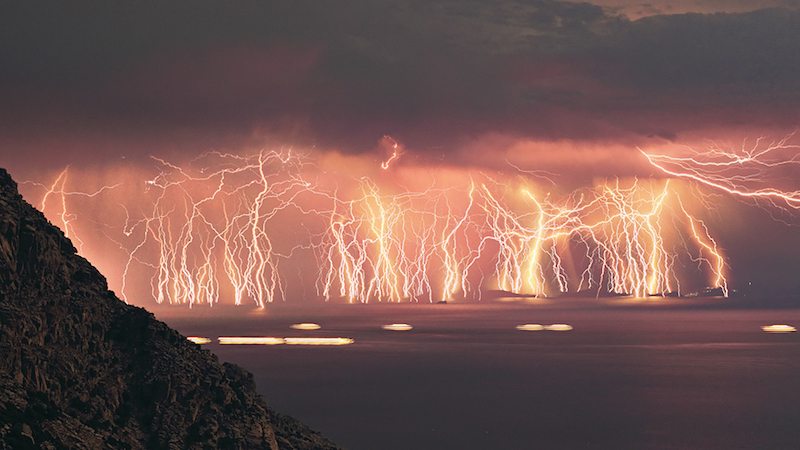Catatumbo lightning
Episode #1 of the course “Rare and Unusual Weather Phenomena”
Over the basin in Venezuela where the Catatumbo River empties into the Lake Maracaibo, a natural phenomenon of spectacular lightning occurs. In this area, the atmospheric conditions are just right so that the storm clouds high in the atmosphere produce intense lightning storms over half the nights every year. These storms can last up to 10 hours and produce 280 strikes of lightning per hour. While atmospheric conditions that allow for these kinds of lightning strikes can and do occur elsewhere in the world, the Catatumbo River basin produces such fantastic lightning storms that the area holds the record for most lightning strikes to occur in one area.
Researchers have argued over the past few decades about whether natural gases such as methane that occur over the swampy bog at the river basin could affect the frequency of lightning strikes. Some researchers argue that the amount of lightning could be due to uranium in the bedrock. While some believe that the gases increase the effects of other atmospheric conditions, others argue that the gases only discolor the lightning so that it has a yellow or orange tint to it. Still others believe that the discoloration is caused by distance and the refracting of light through particles in much the same way that the sky is colored during the sunrise and sunset.
There is also a myth that Catatumbo lightning does not produce thunder, but in fact, all lightning produces thunder; if an observer does not hear the thunder, it is simply because the person is too far away.
Share with friends

